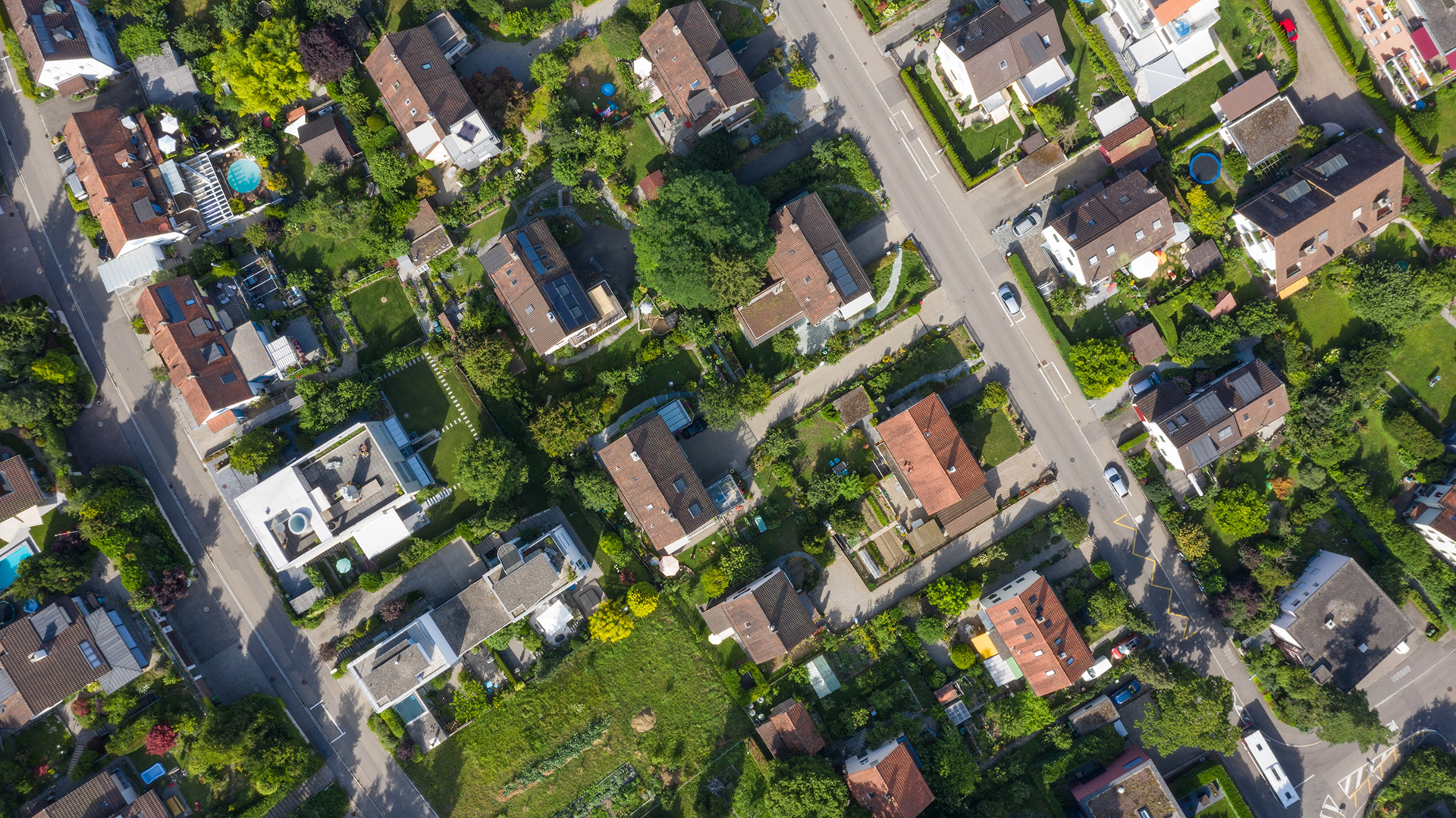United States EPA
Is radon really bad for you?
Breathing radon over time increases your risk of lung cancer. Radon is the second leading cause of lung cancer in the United States. Nationally, http://shaneqdny129.simplesite.com/448607185 the EPA estimates that about 21,000 people die each year from radon-related lung cancer. Only smoking causes more lung cancer deaths.
If you can keep your interior radon levels at 2 pCi/L or lower, you'll deal with extremely low enhanced danger of establishing lung cancer because of radon. Only two non-smokers out of 1,000 will create lung cancer cells specifically due to the direct exposure when you do radon fans have to run continuously get to the 1.3 pCi/L level that is typical for indoor air.
As an outcome of such researches, Cohen as well as others have actually concluded that those residing in homes with radon levels up to 4.0 pCi/ l have a lower than regular chance of having lung cancer cells. While no level of radon gas is totally risk-free, just like a lot of things in life we should balance the benefits and also prices to discover our very own" acceptable" levels.
Is radon mitigation really necessary?
When radon gas enters the body, it exposes the lungs to small amounts of radiation. In small quantities, experts say this is harmless. However, in persistent exposures or larger quantities, radon can damage the cells of the lining of the lungs, increasing a person's chance of developing lung cancer.
This does not indicate that a level listed below 4.0 pCi/L is taken into consideration appropriate, as stated in the BEIR VI research. It is approximated that a decrease of radon degrees to below 2 pCi/L nationwide would likely decrease the yearly lung cancer fatalities attributed to radon by 50%. Nonetheless, despite having an action degree of 2.0 pCi/L, the cancer danger offered by radon gas is still thousands of times more than the risks permitted carcinogens in our food as well as water.

- Your threat of lung cancer boosts significantly with exposure to higher radon levels.
- Radon gas is a naturally-occurring byproduct of the radioactive decay of Uranium in radon testing prices the dirt.
- Depending on your geographic location, the radon degrees of the air you take a breath beyond your home may be as high as 0.75 pCi/L.
- The United States EPA has placed it plainly, mentioning, "Any radon exposure has some danger of creating lung cancer cells.
In the US, roughly 14 states have a state radon programs which train and also permit radon reduction specialists as well as radon measurement specialists. To figure out if your state licenses radon specialists contact your state health and wellness division. Without the proper tools or technological knowledge, radon degrees can actually enhance or produce other possible threats and also additional expenses. A listing of qualified reduction service providers is readily available through state radon workplaces, which are noted on the EPA website at/ radon/whereyoulive. html.
What to Learn about the Risks of Radon Gas in Your Home
What are the symptoms of radon in your home?
If a person has been exposed to radon, 75 percent of the radon progeny in lungs will become "harmless" lead particles after 44 years. When an alpha particle damages a cell to make it cancerous, the onset of lung cancer takes a minimum of 5 years but most often 15 to 25 years, and even longer.
You cant know whether your home has unhealthy levels of the gas unless you have the air evaluated due to the fact that you cant scent or see radon. Nevertheless, if examinations reveal that radon is placing you and your family in danger, you can take some simple actions to clear the air.
How long does it take for radon to cause cancer?
Fact: You will reduce your risk of lung cancer when you reduce radon levels, even if you've lived with an elevated radon level for a long time. Keep in mind that radon levels below 4 pCi/L still pose some risk and that radon levels can be reduced to 2 pCi/L or below in most homes.